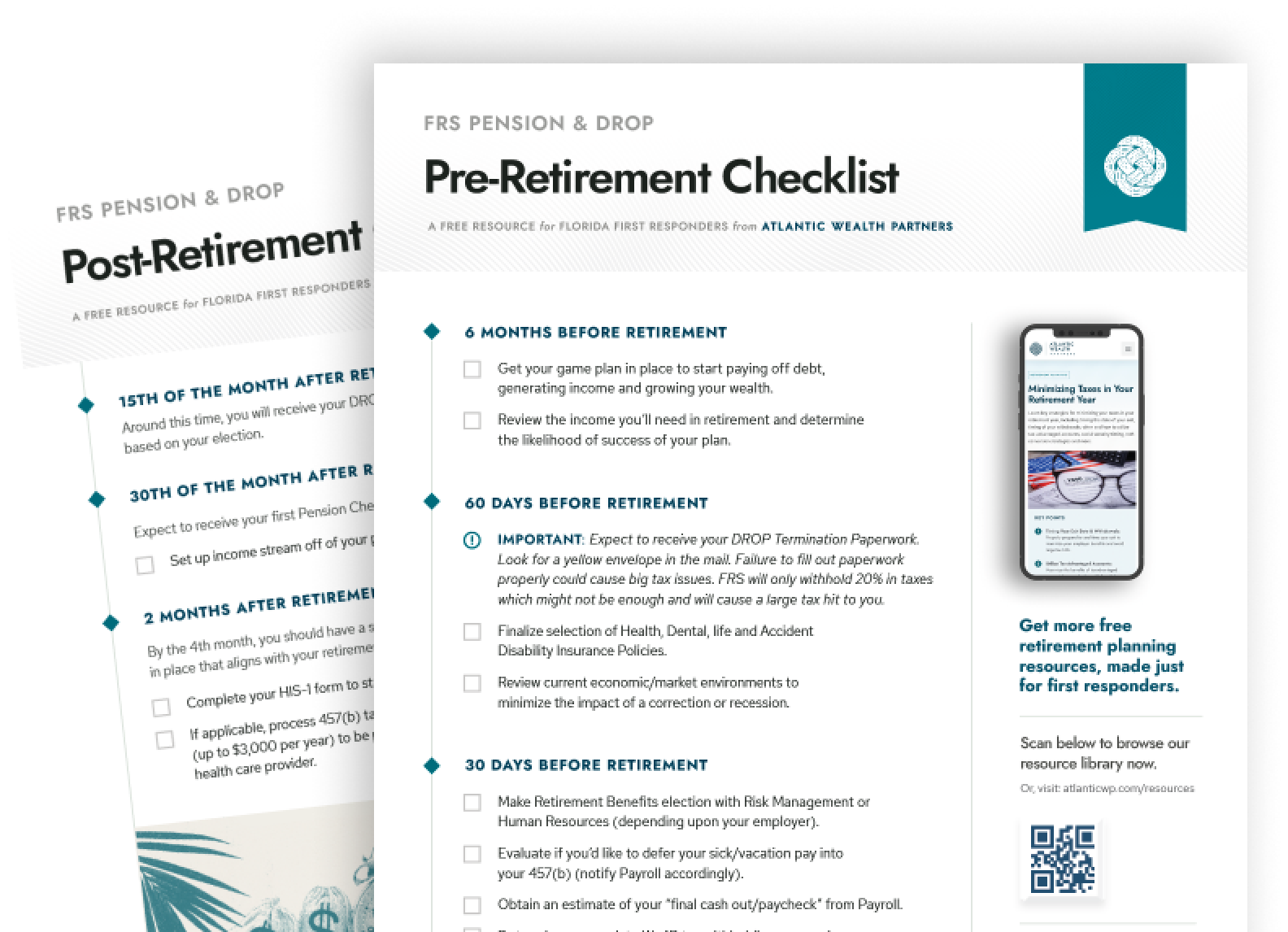Finding the right education savings vehicle can be daunting. There are many choices, and it can be difficult to determine what is best given your financial situation and goals. We have outlined a few features of some of the most common education-savings vehicles, detailing the tax treatment for each, how much you can contribute, who can contribute, and the rules governing distributions. Your unique financial goals and situation will ultimately determine the best vehicle for you and your child(ren).
529 College-Savings Plan
One of the most common education savings vehicles is a 529 Plan.
With a 529 Plan, contributions are not deductible on federal income tax, but if you live in a state with state income taxes, contributions may receive a state tax break (either a deduction or a credit).
Your contributions to the 529 plan compound on a tax-deferred basis, and any withdrawals to pay for qualified education expenses are tax-free. As of 2024, an individual can contribute up to $17,000 annually, or up to $34,000 per married couple. Conversely, you can front-load a 529 Plan with 5 years of your annual gift exemption amount (up to $85,000 per person, or $170,000 per married couple).
Investors can withdraw contributions without taxes or penalties, but withdrawals must be made on a pro-rata basis consisting of both contributions and investment earnings. If the distribution is classified as a non-qualified withdrawal, the portion of the withdrawal from the investment earnings will incur taxes and a 10% penalty. Those withdrawing funds for nonqualified expenses may also be required to pay back any state tax deduction they have received on contributions if they live in a state with state income taxes. As an alternative to taking non-qualified withdrawals, you are permitted to change the beneficiary of a plan, as long as the new beneficiary is a family member of the former beneficiary.
Investors in 529 plans must choose their investments from a preset ‘menu’ offered by the plan. The preset options will vary widely by state and by plan, and investors are typically heavily limited in the investment options that they can utilize.
Coverdell Education Savings Account
Another common education savings vehicle is a Coverdell Education Savings Account (ESA).
With an ESA, contributions are not deductible on federal or state income tax.
Your contributions to the ESA compound on a tax-deferred basis, and withdrawals to pay for qualified educational expenses are tax-free, too. There is a contribution limit of $2,000 per beneficiary per year. All contributions must be made by the time beneficiary is age 18. Any amount exceeding $2,000 per year per beneficiary is subject to a 6% excise tax penalty.
There are income limitations for who can contribute to an ESA. Single income tax filers with modified adjusted gross incomes of more than $110,000 and married couples filing jointly with incomes greater than $220,000 cannot make contributions to an ESA. Contributions do not have to be made with earned income, meaning grandparents can contribute even if parents are ineligible due to income limits.
Withdrawals of contributions are tax-free and penalty-free. You can also change the beneficiary of a plan, as long as the new beneficiary is a family member of the former beneficiary.
Funds must generally be distributed from an account by the time the beneficiary reaches age 30 (unless he or she has special needs), though they may be rolled over into a Coverdell ESA for another eligible family member.
ESA accounts can usually be held with any investment custodian, which means that investment options are much more abundant than the investment options offered through a 529 plan.
Roth IRA
Most investors have heard of a Roth IRA, but they are not aware of the education savings benefits utilizing a Roth IRA account.
Roth IRAs are typically used for retirement planning. All contributions to a Roth IRA are made with after-tax dollars (you receive no initial tax deduction) and all investment growth in the Roth IRA is tax-free as long as a distribution is considered to be a qualified withdrawal (most commonly considered reaching age 59.5).
If you withdraw earnings from a Roth IRA before you’re 59 1/2 (or even if you are 59 1/2 or older, but you haven’t held the account for five years including conversions), you will pay taxes at your ordinary income tax rate and you will pay a 10% early withdrawal penalty on any growth of the investments that are withdrawn.
For 2024, Roth IRA Contribution Limits are set at up to $7,000 (for individuals under 50); or up to $8,000 (for individuals over 50). You have to have earned income to contribute to a Roth IRA.
Just like ESAs, Roth IRAs have income contribution limits. Single filers with modified adjusted gross incomes below $146,000 can make at least a partial contribution. Married couples filing jointly can make at least a partial contribution if their modified adjusted gross incomes are less than $230,000. Investors of all income levels can contribute to a Roth IRA with the “backdoor” Roth IRA Contribution technique – click here for more details.
Roth IRA contributions can be withdrawn tax-free for any purpose. And while you will typically face taxes and a 10% early withdrawal penalty if you take out investment earnings from your Roth before age 59 1/2, the 10% penalty usually assessed for early withdrawals is waived if funds are used to pay for qualified education expenses (college tuition, books, fees, and other qualified expenses). While qualified education expenses are an exception to the 10% early withdrawal penalty, you will still pay income tax on the earnings portion when you make a withdrawal prior to age 59 ½.
Roth IRAs have the widest investment flexibility of the three options listed, only limited to the individual’s investment risk tolerance and time horizon. There is not a preset list of options like you would have with a 529 plan. The money that sits inside the Roth IRA is not counted for financial aid purposes, however, the withdrawals are counted and could impact any financial aid you might be applying for.
Summary Comparison Table
| Savings Vehicle | Maximum Annual Contributions | Are Contributions Deductible? | Income Limits to Contribute? | Are Qualified Distributions tax-free? |
|---|---|---|---|---|
| 529 Plan | $17,000 per person (or $85,000 front-loaded for 5 years) | Not federally, potentially for states with state income taxes | No | Yes |
| Coverdell ESA | $2,000 per beneficiary | Not federally or at the state level | Yes ($110,000 for single filers or $220,000 for married joint filers) | Yes |
| Roth IRA | $7,000 (if under age 50) $8,000 (if over age 50) | No | Yes ($146,000 for single filers or $230,000 for married filers) | Only contributions. Growth is taxable. |
Other Options
In addition to the above-mentioned savings vehicles, below are other options to pay for education expenses.
- You can take a distribution from an IRA or potentially your employer-sponsored 401(k)/403(b)/457(b) (depending on what is permitted by the plan), but the increase in your taxable income can reduce or eliminate any financial aid received. You still pay federal income tax on any distribution but there is no 10% early withdrawal penalty if used for qualified education expenses for you, your spouse, or your child(ren).
- Another option is Florida Prepaid. For a newborn child, the cost of the 4-Year Florida University Plan is $27,379.42 if you choose the lump sum, or $37,378.80 if you choose the monthly installments of $173.05/mo without room & board. Conversely, the cost of the most expensive Florida public university in 2021 is $6,916 per year ($27,664 for 4 years). Florida has not raised the tuition for public state universities since 2013 (that increase was only 1.7%).
If you were to instead invest the $173.05/month payment for Florida prepaid into a 529 or another investment account for your child’s college education for 18 years, you would have approximately $83,000 by the time they begin college, assuming an 8% average rate of return.
In addition, with Florida prepaid, if your child does not go to a public University in Florida, you only receive a return of your contributions with no interest, unless they go to a state school in another state that offers reciprocity.
Which is Right for Me?
Determining which option is the best for you depends on several different factors unique to your situation. The best course of action is to consult with a comprehensive financial planner to discuss your unique situation and help you to determine which is the right fit for you and your family.
WORK WITH AWP
Navigate Education Savings with Confidence
At AWP, we understand that finding the right education savings plan can be daunting. Our team specializes in helping Florida’s first responder families choose the best options based on their unique financial goals. Whether you’re looking to maximize contributions or ensure tax efficiency, we use our expertise in financial planning to guide you every step of the way. Let us help you secure the future for you and your children.



